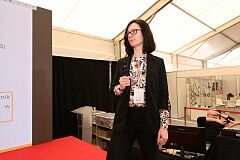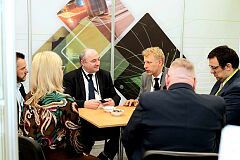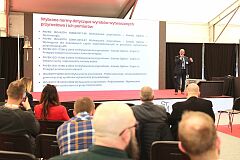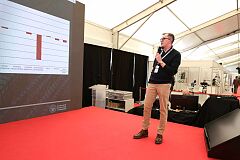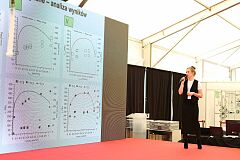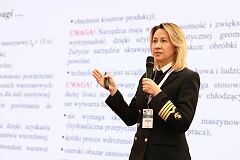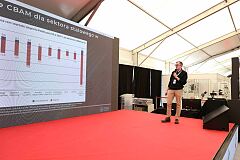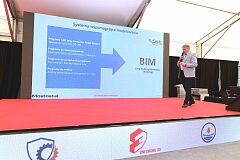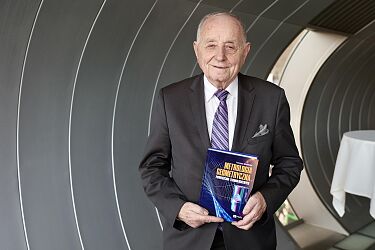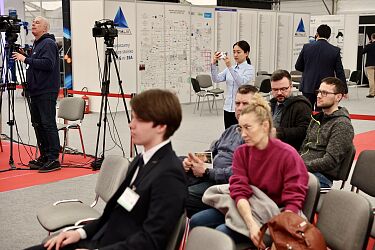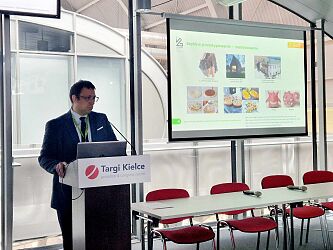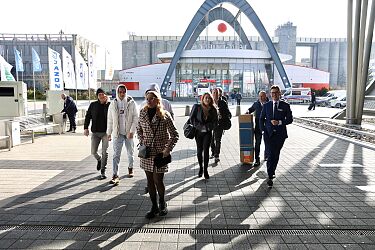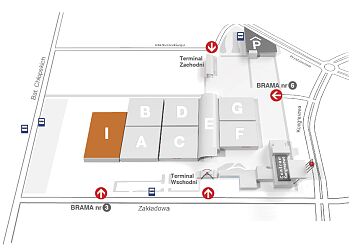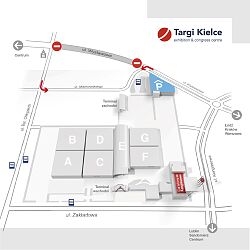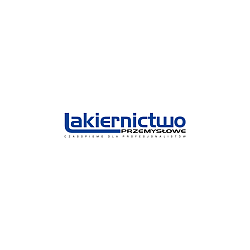News
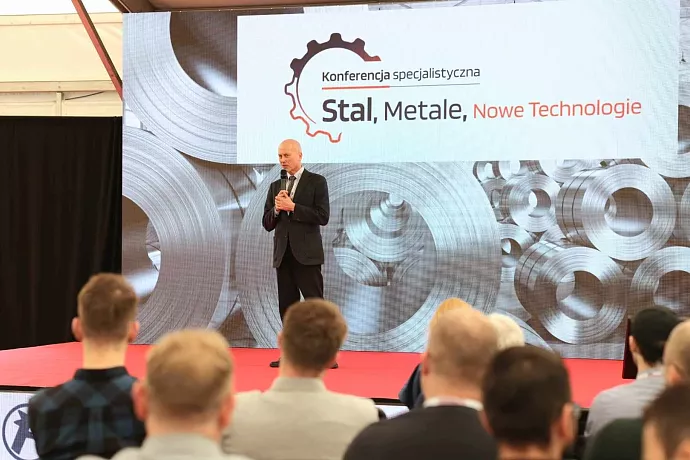
Steel, metal and cutting edge technologies at the "Industrial Spring" at Targi Kielce!
The articipants of the specialist conference "Steel, metal and new technologies" held at the Kielce exhibition and congress centre had the chance to learn about the latest trends and innovations in the business sector od metallurgy. The event attracted specialists from various fields - engineers and technology specialists, production plants managers and representatives of companies offering ground breaking technological solutions. The conference was officially opened by Piotr Pawelec, Project Director of the STOM - TOOL, BLECH & CUTTING, LASER, ROBOTICS, FIX, Welding, Virtoprocesses, and Professor Engineer, PhD. Hab Jarosław Sęp, vice-president of the Polish Tribological Society, editor-in-chief of the Stal Mets & New Technologies magazine and member of the Editorial Committee of the Management and Production Engineering magazine.
The guests delivered their lectures in three thematic blocks: Cutting-edge technologies and solutions Selected aspects of steel processing methods", "Research and analysis - development directions in steel processing" and "Challenges and strategies in the steel industry - market changes and economic aspects". The first speaker Doctor Engineer Piotr Kurp from the Kielce University of Technology, who discussed the "Use of laser shaping technology to produce metal compensators". Mr Krup discussed the advantages of using laser technology in the production of metal expansion joints, emphasising the precision and efficiency of this approach. He also presented examples of this technology’s practical application in industry. Then, Doctor Engineer Hubert Danielewski, the Kielce University of Technology talked about "Modern solutions in laser technologies". His presentation focused on the latest achievements in laser technologies; the speaker pointes to their use in various areas of industry, ranging from producing precision components to cutting and welding metals. The last topic of the conference’s thematic block was discussed by Doctor Engineer Olga Dvirna from the Maritime University of Gdynia. Innovative method of finishing post-welding surfaces were presented. An innovative approach to post-welding surface treatment, which aims to improve the quality and durability of welding joints. She presents methods which can significantly improve efficiency and safety in various industrial fields.
The second thematic block intorduced the participants into issues related to production, research and standardization digitisation in additive processes. Professor Engineer, PhD. Hab Jarosław Sęp from the Rzeszów University of Technology discussed "Digitization of production - implementation problems on the example of a case study". He presented the complexity of the production digitisation process, pointing out problems related to the technologies implementation. Practical cases and examples were presented, and the presentation focused on the challenges that companies face when adapting digital solutions in the production process. Professor Doctor Hab. Engineer Grzegorz Budzik, also the representative of the Rzeszów University of Technology discussed "The need for research and standardization of additive processes used in industry". He emphasised the importance of research and developing appropriate standards in the context of additive processes, which play an increasingly important role in modern industry. His presentation prompted reflection on the need for continuous development and adaptation to changing technological standards. Doctor Engineer Anna Adamczak-Bugno tackled the last topic in the second thematic block from the Kielce University of Technology, who presented "Experimental-numerical analysis of the destruction process of ferritic steel using the acoustic emission methods". She presented the research results; the work was conducted on ferritic steel. The ecamination of destruction utilised advanced numerical and experimental methods. Her presentation prompted deeper reflection on the processes in the material in use, which is crucial to ensuring the safety and durability of the structure.
The last part of the conference was devoted to modern technologies and current problems and challenges in the metallurgical industry. Engineer M.Sc.. Sławomir Blank from Mostostal Kielce SA discussed "Modern technologies in a non-series production plant". In his presentation, he focused on innovative technologies used in non-series production, pointing out their importance for companies’ increased efficiency and competitiveness. Mateusz Rybarz, MSC from the University of Economics in Katowice discussed "CBAM as an instrument of climate and trade policy and the steel sector in the European Union". He presented an analysis of the impact of the Carbon Border Adjustment Mechanism (CBAM) on the steel sector in the EU, paying attention to the economic consequences of the instrument introduction. Anna Kałużna and Wiktoria Stolarska gave the last presentation from the Czapczyński law firm. "Contract indexation in 2024, or how to deal with the increase in costs in the metallurgical industry. featured strategies and possibilities of contract indexation in the face of increasing costs in the metallurgical industry, which is of key importance for maintaining the financial stability of enterprises.
/MSi/


